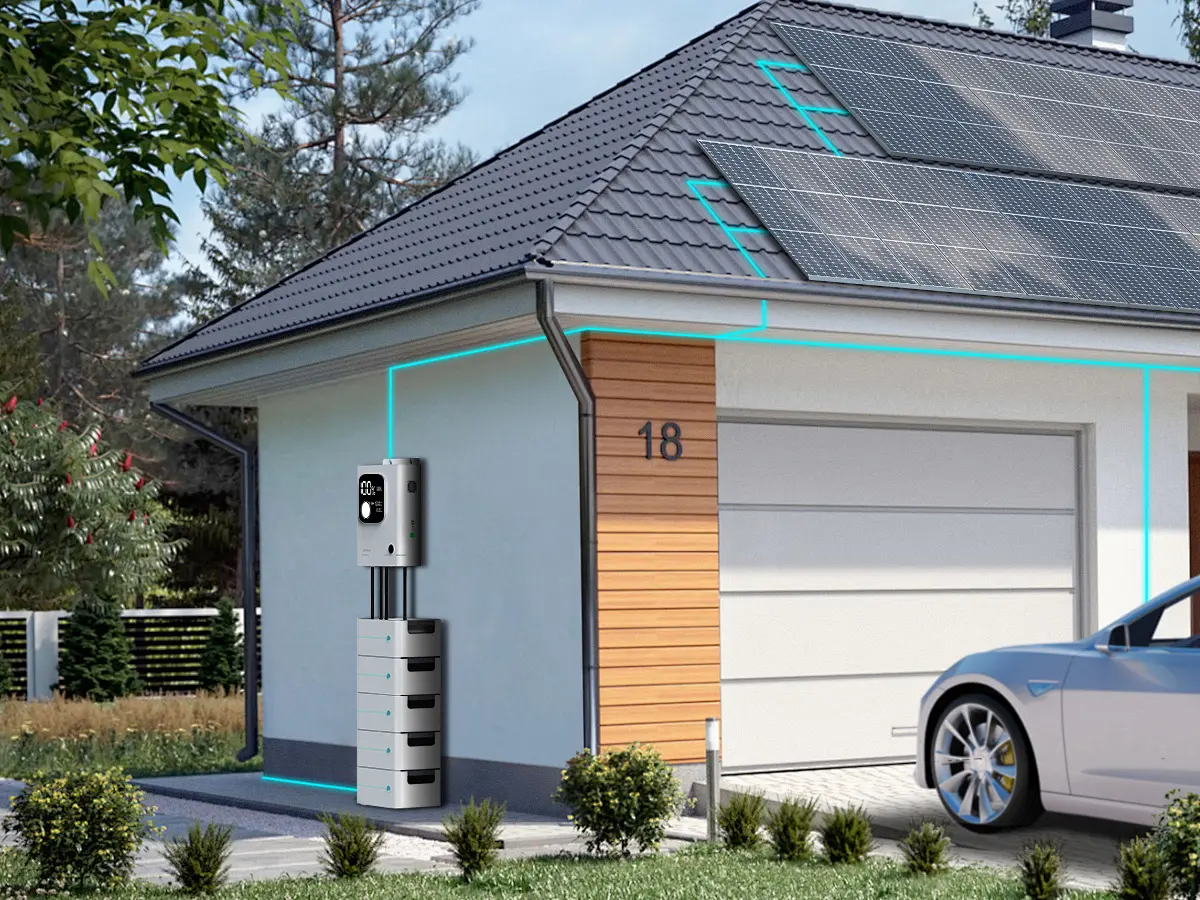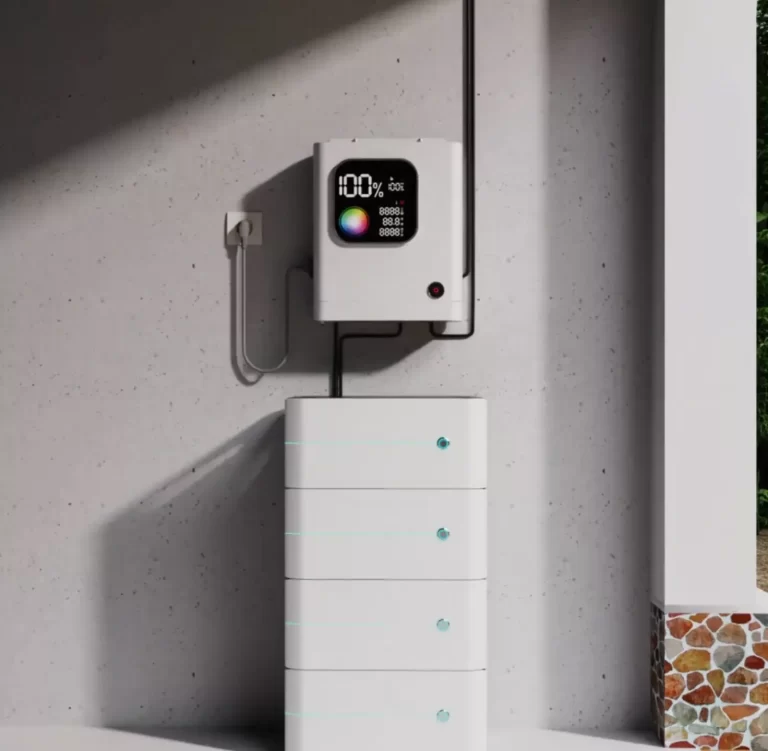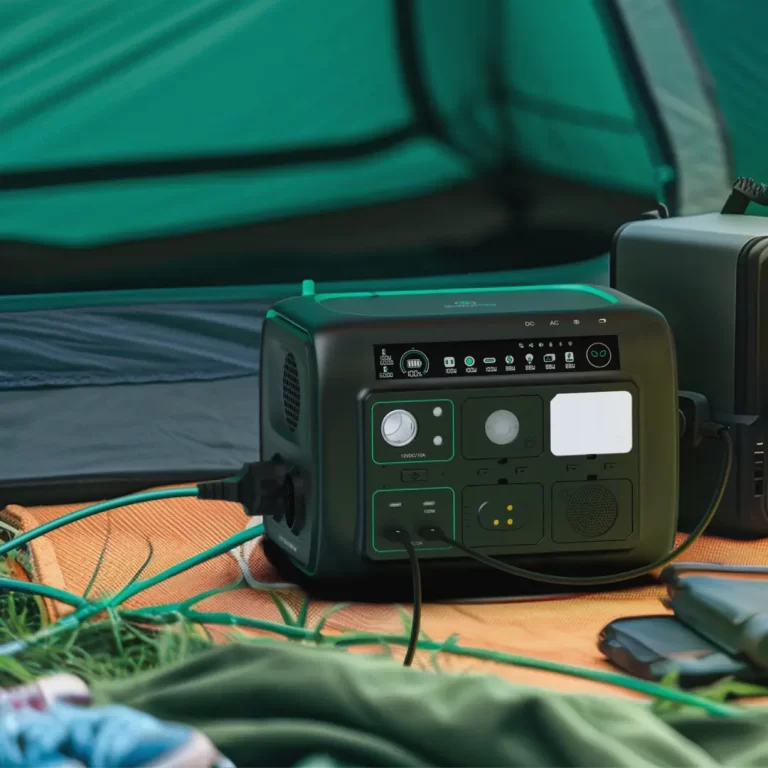In a home energy storage system, the configuration of energy storage batteries is a crucial part. Proper selection and configuration of energy storage batteries can ensure efficient operation and long-term reliability of the system. Here are some key considerations regarding the configuration of energy storage batteries in a home energy storage system.

1. Capacity Requirements First, the energy needs of the home need to be determined. This includes daily power usage, peak power usage, and backup power requirements. By analyzing household electricity consumption habits, the required energy storage battery capacity can be estimated. Generally speaking, greater capacity provides longer backup power, but also increases costs.
2. Battery Types Common energy storage battery types currently on the market include lithium-ion batteries, lead-acid batteries, and nanotechnology batteries. Each battery type has its characteristics and advantages. Lithium-ion batteries have high energy density and long life, but the cost is relatively high. Lead-acid batteries are less expensive but have lower energy density. Nanotechnology batteries are a newer technology with potential advantages. When choosing a battery type, performance, cost and reliability need to be considered.
3. Battery quantity and series-parallel connection Depending on the capacity requirements, the number of battery units required can be determined. Typically, multiple battery cells are connected in series and parallel to achieve the required voltage and capacity. Series connections increase voltage and parallel connections increase capacity. When configuring batteries, it is necessary to ensure the balance between batteries to avoid overcharge or overdischarge of individual batteries.
4. Charging and discharging management Proper charging and discharging management is crucial to battery life and performance. Equipment such as chargers and inverters should have intelligent charging and discharging control functions to ensure that the battery operates within the appropriate voltage and current range. At the same time, charging time and depth of discharge need to be considered to maximize battery life.
5. Temperature management The operating temperature of the battery has an important impact on its performance and life. Too much heat or cold can reduce a battery’s efficiency and lifespan. Therefore, home energy storage systems should have good temperature management mechanisms, such as heat dissipation design or temperature control systems, to ensure that the batteries operate within a suitable temperature range.
6. Safety The safety of energy storage batteries is crucial. Choose battery products with good quality and reliable certifications, and follow proper installation and usage guidelines. In addition, be equipped with appropriate protection devices such as short circuit protection, overcharge protection and over-discharge protection to prevent battery failure and safety risks.
7. Maintenance and monitoring Regular maintenance and monitoring of energy storage batteries is the key to ensuring their performance and lifespan. This includes checking battery connections, cleaning battery surfaces, monitoring battery voltage and temperature, etc. Some home energy storage systems also provide remote monitoring and management functions to understand the status and performance of the battery in real time.
In short, the configuration of energy storage batteries in a home energy storage system needs to comprehensively consider factors such as capacity requirements, battery type, quantity and connection methods, charge and discharge management, temperature management, safety, and maintenance and monitoring. Through reasonable configuration, an efficient, reliable and economical home energy storage system can be realized to provide stable power support for families.




